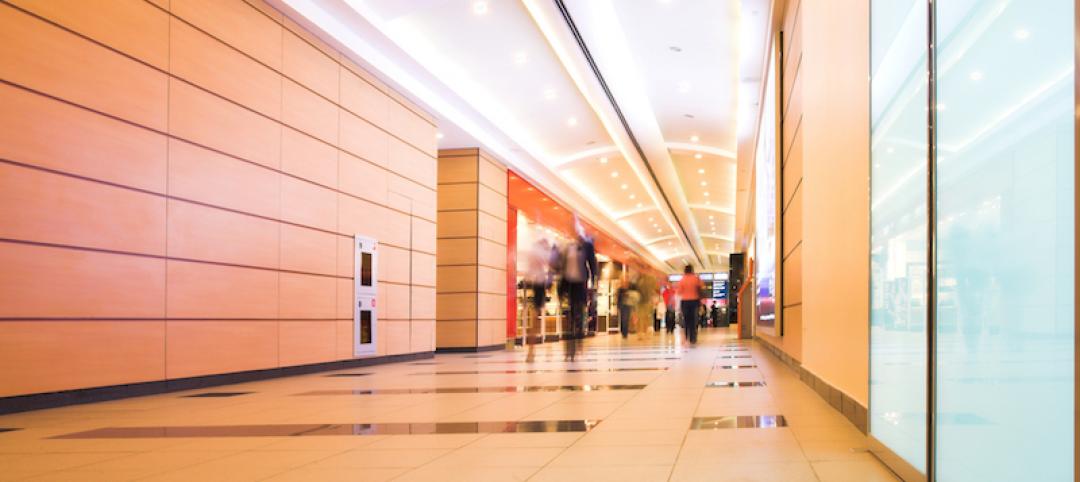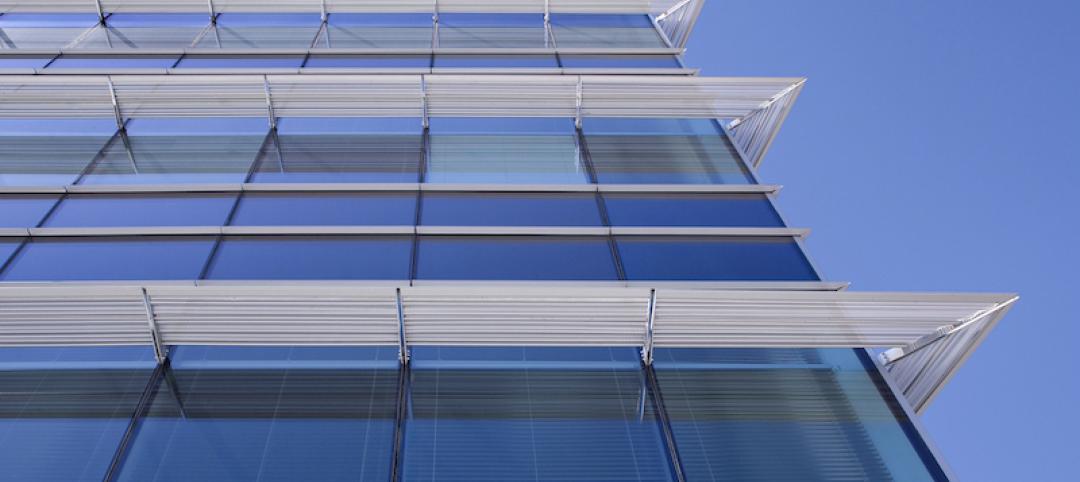Building Teams will find more ways to enhance water efficiency indoors than ever before. These include dishwashers with reduced water consumption and low-flow toilets with improved circulation design. These new low-flow toilets come with pressure-assisted and vacuum-assisted flush fixtures, which don’t rely solely on gravity and flow for movement of waste, says James Del Monaco, Sustainability Director at P2S Engineering.
Ultra-low-flow fixtures and waterless urinals are also being adopted. One Swedish maker has created a line of toilets that use 0.16 gallons of water per flush. A second fixture design uses half that, only 0.08 gallons per flush, with a vacuum assist. Standard U.S. low-flow models are calibrated for 1.6 gallons per use.
“In bathrooms, other high-efficiency plumbing fixtures should be used,” says Jorge Mastropietro, AIA, Principal of Jorge Mastropietro Architects Atelier. “This includes water-efficient shower heads, and faucets with motion sensors or timed operation.” The architect adds that even soap selection in a commercial restroom can impact water use: Studies show that handwashers using foaming hand soaps use about 16% less water than those using liquid soaps, because less water is required to rinse it off.
Mastropietro encourages his multifamily and institutional clients to buy high-efficiency washers and dryers, which may have a slight price premium. “For kitchens and laundry facilities, the use of Energy Star-rated equipment will result in water savings,” says P2S’s Del Monaco. “Laundry facilities can also use ozone systems to reduce water and energy consumption.”
Project teams with leadership from mechanical engineers and plumbing engineers have been successfully incorporating water reuse concepts in their restrooms, foodservice areas, and other places where water quality is ideal for graywater applications. “Graywater can be recycled for toilet flushing and irrigation, provided that the user does not drain toxic ingredients into the system,” says Mastropietro. According to the engineer Del Monaco of P2S, “There are multiple factors to consider when decided if a graywater system can be utilized, such as estimating the amount of available graywater to be generated, the space and costs associated with storing and treating graywater, as well as soil quality, landscaping, and site topography.”
Both professionals recommend the use of life cycle cost analysis (LCA) should be performed to identify the feasibility of incorporating graywater technologies. “This should include an understanding of the maintenance and intangibles associated with the use of such a system,” adds Del Monaco. Recently a number of fixture manufacturers have introduced small-scale water reuse products -- often called graywater diverters -- and several companies offer packaged systems designed for two basic applications: Irrigation only vs. graywater reused for indoor toilet flush, laundry, fire protection, building cleaning, car and truck washes and landscape irrigation. For irrigation, the system comprises essentially diverted water sources that are mechanically filtered and moved by gravity or pumped to subsurface (underground) irrigation points. For the multiple-use systems, the collected water also must be buffered, treated and disinfected to meet building codes and health regulations.
“Graywater reuse for interior plumbing is not a cheap strategy and should be considered where it does not place undue burden on project costs,” says Skolnick’s Gross.
In addition to domestic water recapture, many mechanical systems and manufacturing processes that use water are ripe for recycling, says Breeze Glazer, LEED AP BD+C, Senior Associate and Sustainable Design Leader in Perkins+Will’s New York officer, who has worked on dozens of LEED Platinum and LEED Gold projects. “For example, condensate capture is another strategy to be considered,” he says. “It’s naturally produced when air passes over the cooling coils of any HVAC system. The typical practice is to drain the water into the waste water system and sent for municipal treatment along with other effluents. However it is a relatively high-quality water source that can be captured in a cistern and used for nonpotable water needs in the building such as landscape irrigation or cooling tower makeup without substantial alterations to the plumbing system.”
Related Stories
Sustainability | Sep 19, 2016
Brussels’ Botanic Center apartment block looks to live up to its name with the addition of 10,000 plants and a rooftop “Chrysalis”
The project, which has been commissioned and is in the design phase, would eliminate CO2 and produce its own energy.
Energy | Sep 13, 2016
Oberlin College to hold conference on post-fossil fuel economy
The gathering will address climate change and new sources of energy.
BIM and Information Technology | Sep 7, 2016
Energy Star Portfolio Manager tool updated to factor in waste management
The costs and benefits of managing 29 types of waste are now included.
Sustainability | Aug 30, 2016
New federal project plans must include climate impacts
Agencies must quantify the specific impacts when possible.
Sponsored | Coatings | Aug 29, 2016
Making a greener future with biorenewable coatings
Biorenewable and recycled materials help eliminate waste and reduce the use of virgin materials
Green | Aug 29, 2016
Vancouver, B.C., to require zero emissions on new buildings by 2030
No net GHG emissions will be allowed.
Great Solutions | Aug 23, 2016
Visual energy model database demystifies net-zero design
Diamond Schmitt Architects’ ecoMetrics tool allows its designers to quickly analyze solutions based on models from 44 LEED-certified projects.
Energy Efficiency | Aug 17, 2016
Investor Confidence Project aimed at raising trustworthiness on energy efficiency projects
The new initiative screens projects to see if they are investor-ready.
| Aug 3, 2016
GREEN BUILDING GIANTS: Sustainability leaders turn to wellness and technology to get an edge
AEC leaders in green building are stepping up to a higher level of innovation and to be a green leader today, you have to dig deeper into data.
| Aug 3, 2016
Top 60 Green Building Engineering Firms
Jacobs, AECOM, and Arup top Building Design+Construction’s annual ranking of the nation’s largest green building sector engineering and E/A firms, as reported in the 2016 Giants 300 Report.















